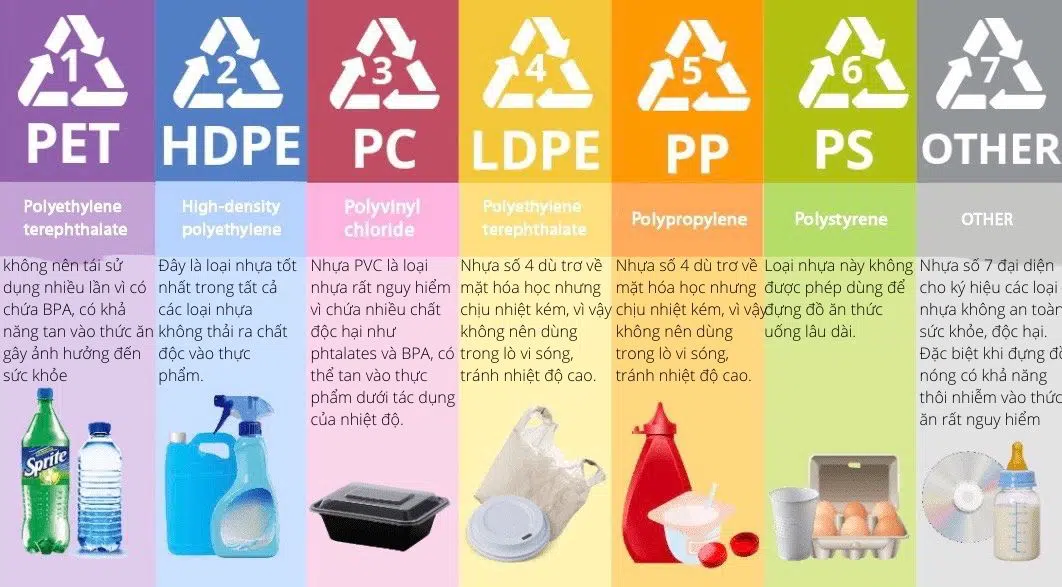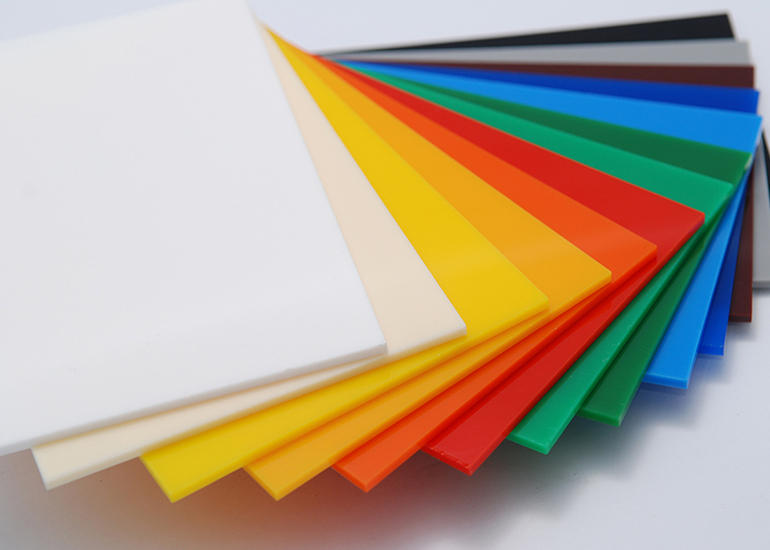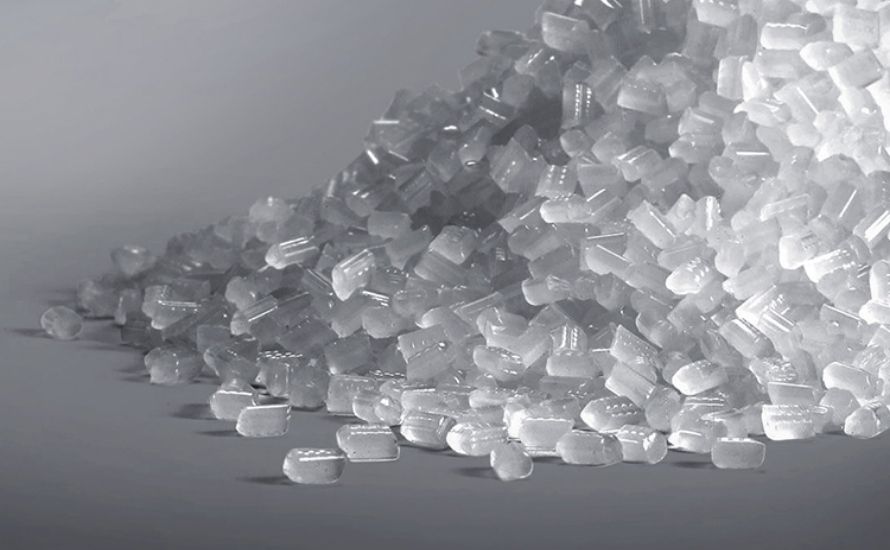Cassava starch is widely used in the plastic products manufacturing industry. In the following article, TAELIM will provide information about this material with detailed advantages and disadvantages for you to understand.
Find out what tapioca starch is?
Cassava starch, also known as tapioca starch, is actually one type, as “sán” and “ khoai căn” are both different names for the same tuber in Vietnamese. They are extracted from cassava (cassava) and are an important raw material in production. Thanks to its widespread popularity, cassava has become the second largest crop in Vietnam, after rice.
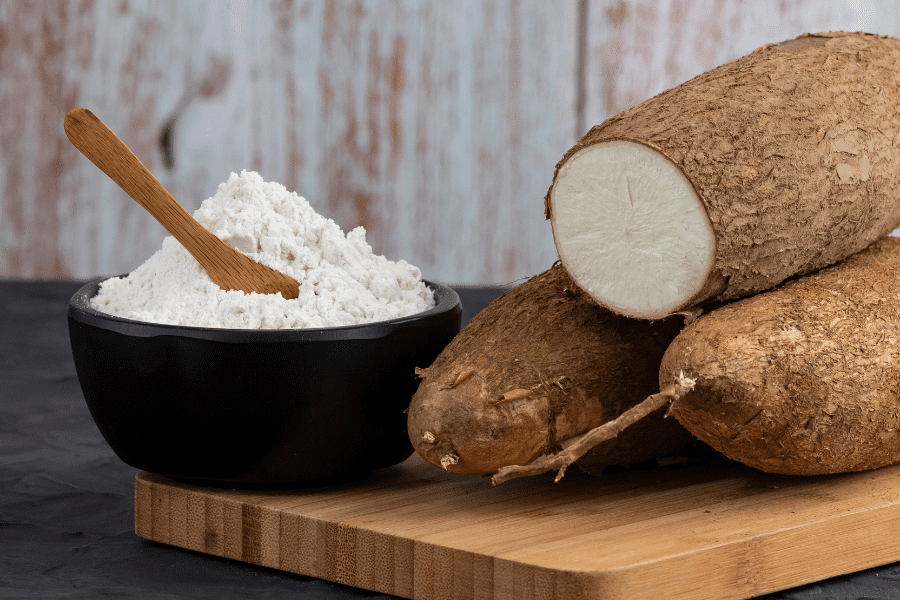
Starch is white, fine powder, odorless, tasteless. When cooked, cassava starch has the ability to form gel, density and high transparency. Currently, they are not only used in food processing but also in the production of plastic beads, bringing popular products in daily life.

Bioplastic made from cassava starch
About three-quarters of the organic matter on Earth exists as polysaccharides, of which starch is an important polysaccharide. Plants synthesize and store starch in structures such as seeds, tubers, and roots as an energy reserve. Currently, starch-based bioplastics are the most common type of bioplastic, accounting for about 50% of the market.
Bioplastics made from tapioca starch have emerged as a potential alternative to traditional petroleum-based plastics. Biodegradable, produced from renewable resources, and with a lower carbon footprint, bioplastics are not only environmentally friendly but also help businesses meet consumer demands for sustainability.
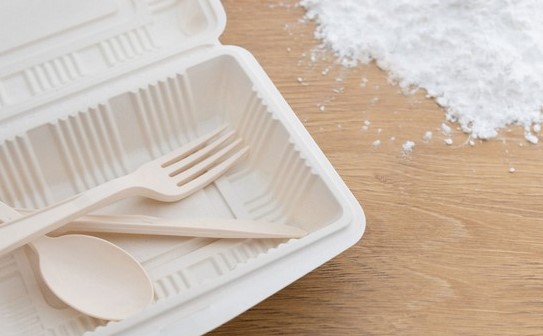
>>> See more: What is Plastic? Applications of Plastic in Life
Advantages and disadvantages of using cassava starch to make plastic
Nowadays, the application of starch to make plastic is becoming popular and is chosen by many companies and factories. However, besides the advantages, there are still some difficulties when using this material to manufacture and process plastic products. Below is detailed information about the advantages and disadvantages of this method for you to understand.
Advantages of making plastic from starch
It is not by chance that this natural raw material is widely used in plastic production and processing. Below are the advantages of producing plastic from starch for you to understand clearly.
- Renewable and abundant raw material: Tapioca starch is a cheap, readily available and easily renewable raw material from plant sources.
- Biodegradability: Bioplastics made from starch are biodegradable, contributing to reducing the negative impact on the environment compared to traditional plastics.
- Customizable physical properties: The properties of bioplastics can be flexibly adjusted according to needs by adding additives such as glycerin, glycol, or sorbitol, which help the plastic achieve good tensile strength and heat resistance.
- Improved mechanical properties: Studies on starch-based nanocomposites show that starch-based resins have superior mechanical properties, high thermal stability, good moisture resistance, and excellent gas barrier properties.
- Pharmaceutical applications: Pure starch is an ideal raw material for the production of drug capsules, thanks to its ability to absorb moisture and is safe for health.
- Competitive price: Starch-based bioplastics have much lower production costs than other bioplastics, helping to increase competitiveness in the market.
- Diverse applications: Starch resin can be combined with many types of petroleum-derived biopolymers, creating unique composite materials suitable for many different fields.
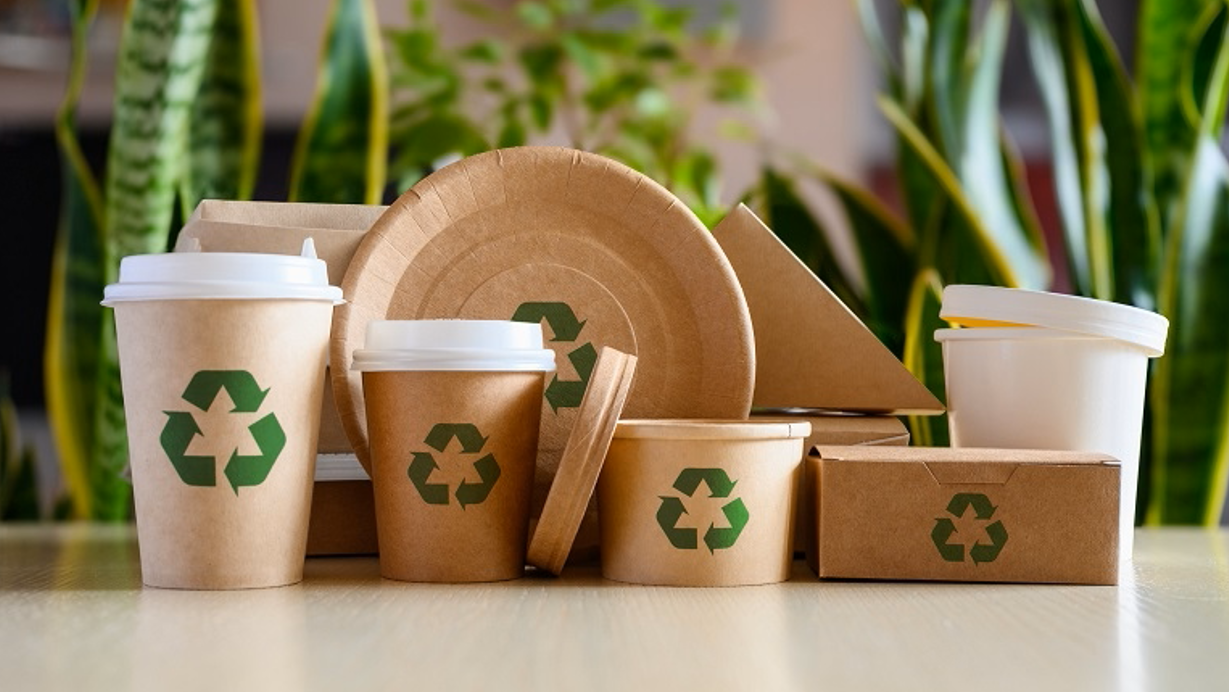
Limitations of using cassava starch to make plastic
Besides the above mentioned advantages, the use of cassava starch to produce plastic products also has some limitations, specifically as follows:
- High brittleness: Bioplastics made from pure starch are often very brittle and break easily, making them less durable than traditional plastics.
- Poor durability: Starch-based bioplastics are not very durable, making them suitable only for short-term applications such as packaging, and not ideal for products that require long-term use or must withstand harsh conditions such as high temperatures.
- Manufacturing challenges: The production of bioplastics from starch is highly technological and can be a major challenge for small-scale manufacturers who do not have access to advanced technologies.
- Environmental sensitivity: Starch-based plastic production is susceptible to fluctuations in temperature and humidity, which can cause the quality of the final product to be inconsistent.
- High water consumption: The production of bioplastics from starch requires a significant amount of water, which can be difficult for water-stressed areas.
- Risk of competition for resources: Starch-based raw materials are also important food sources, so bioplastic production could increase competition, affecting the price and availability of raw materials for the food industry. This could pose a threat to food security in already struggling areas.
- Recycling limitations: Although starch-based bioplastics are biodegradable, they cannot be recycled like traditional plastics. This requires recycling to take place at specialized facilities, limiting disposal options after the product reaches its end of life.
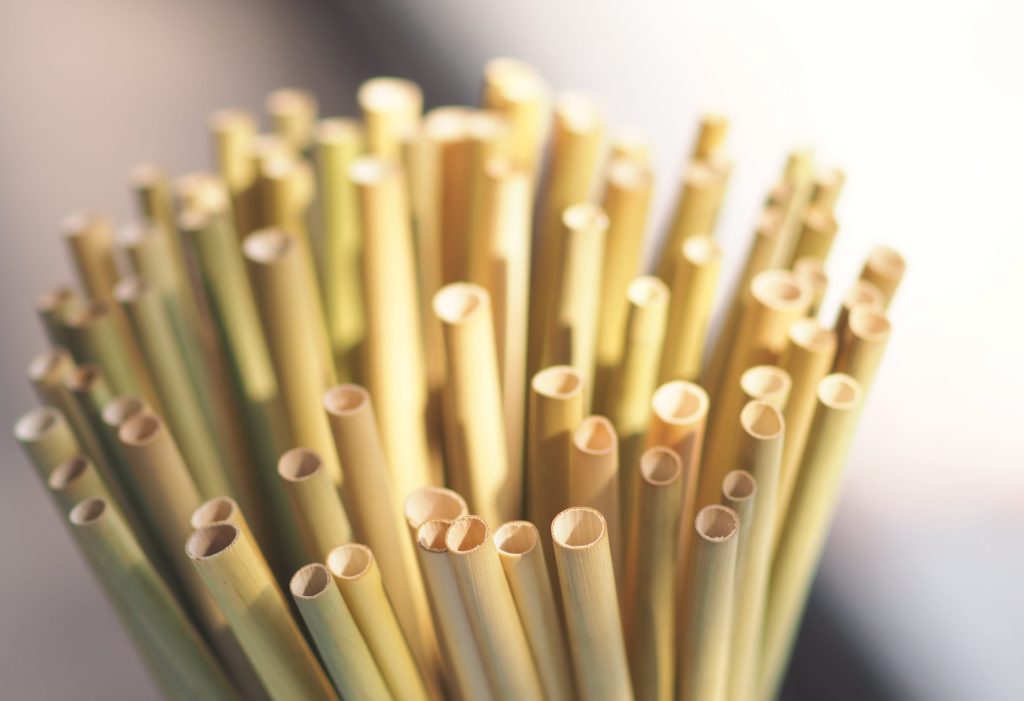
Applications of plastic made from cassava starch
Cassava starch plastic is widely used in many fields. Starch-based plastic films can be used to make book and newspaper wrapping films, foam films and packaging products such as candy packaging and fruit and vegetable bags... In addition, cassava starch films can also be used in paper production, providing flexibility and environmental friendliness.

>>> See more: Applications of PVC Plastic and Notes When Using
TAELIM International Transport Company Limited
With the desire to support the development of the plastic industry by providing high quality plastic pellets and services. Taelim Plastic is one of the Vietnamese plastic companies with many years of experience, with a long history of development, specializing in the production, trading, import and export of recycled pellets. By applying advanced technology, meeting European standards with a strict process, we ensure to bring customers the best products and services.
ADDRESS: SH109 Vinhomes Marina, Hai Phong
PHONE: (+84) 9815 888 16
EMAIL: hatnhua.taelim@gmail.com
